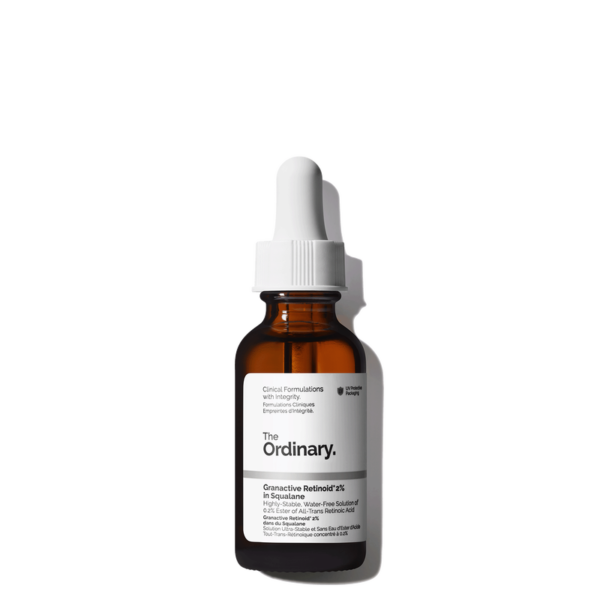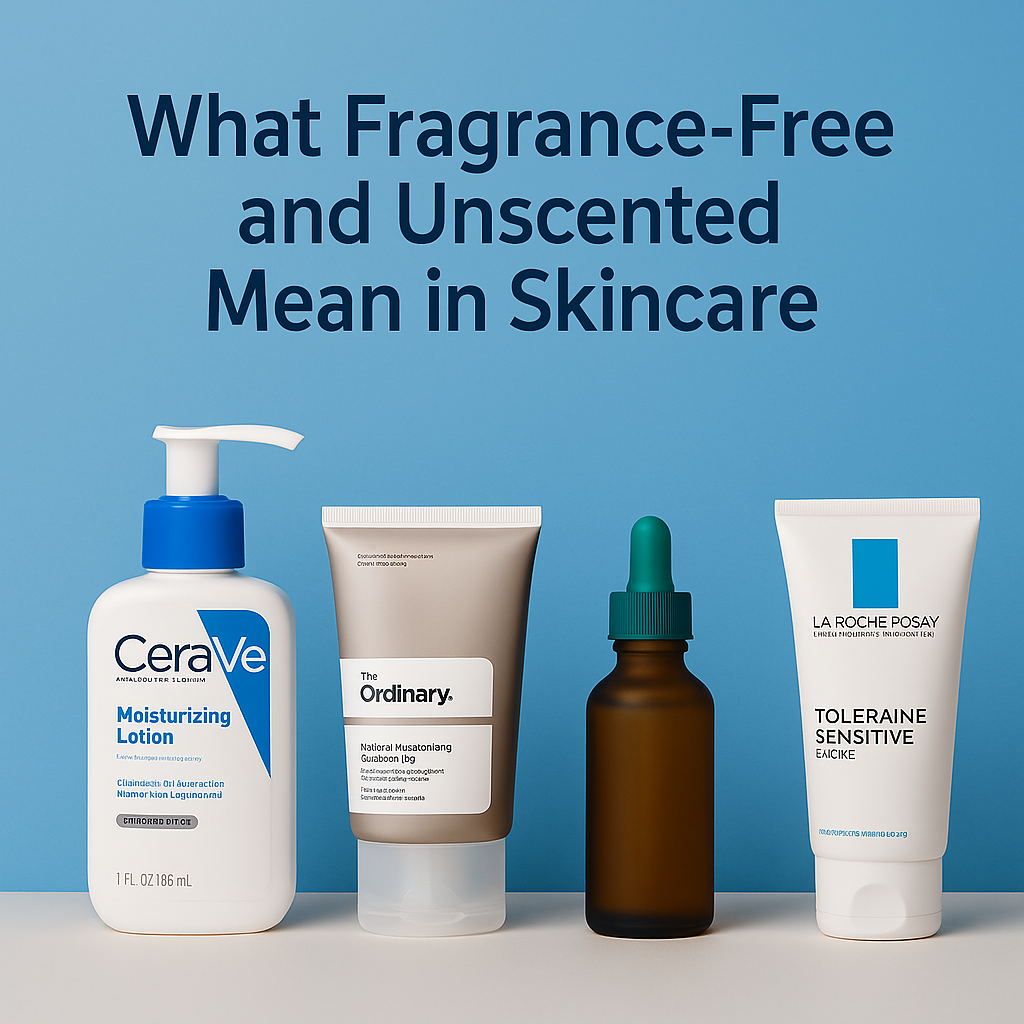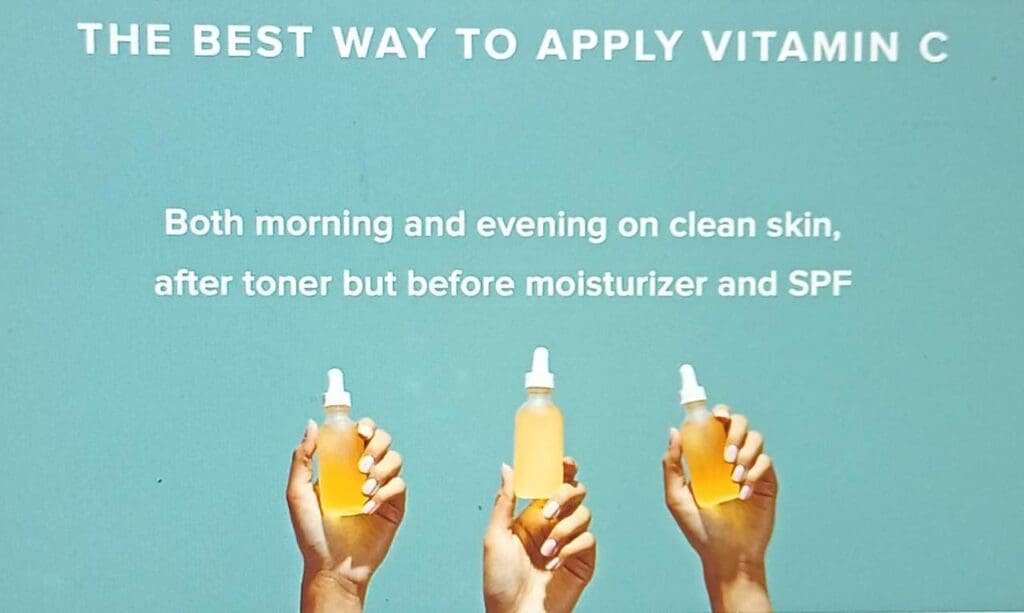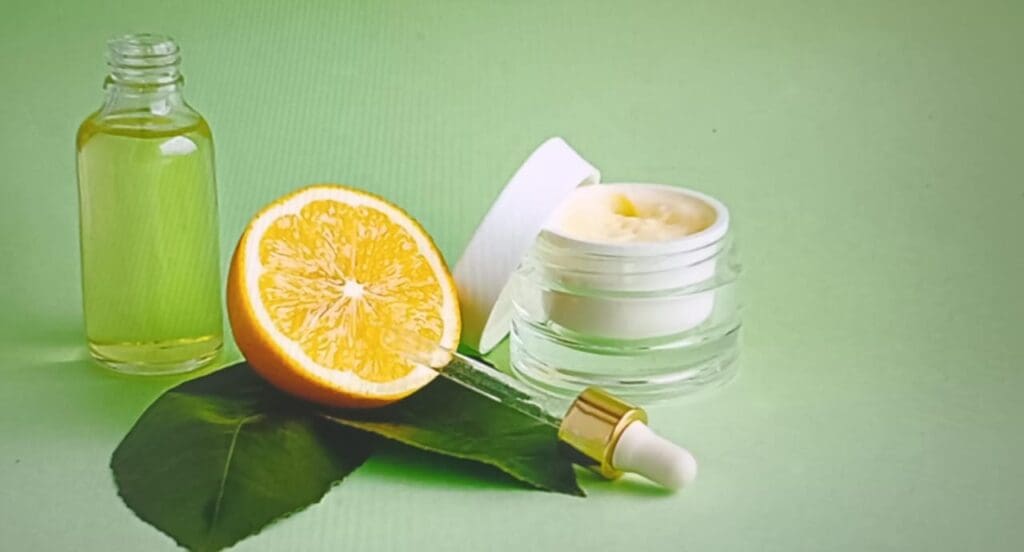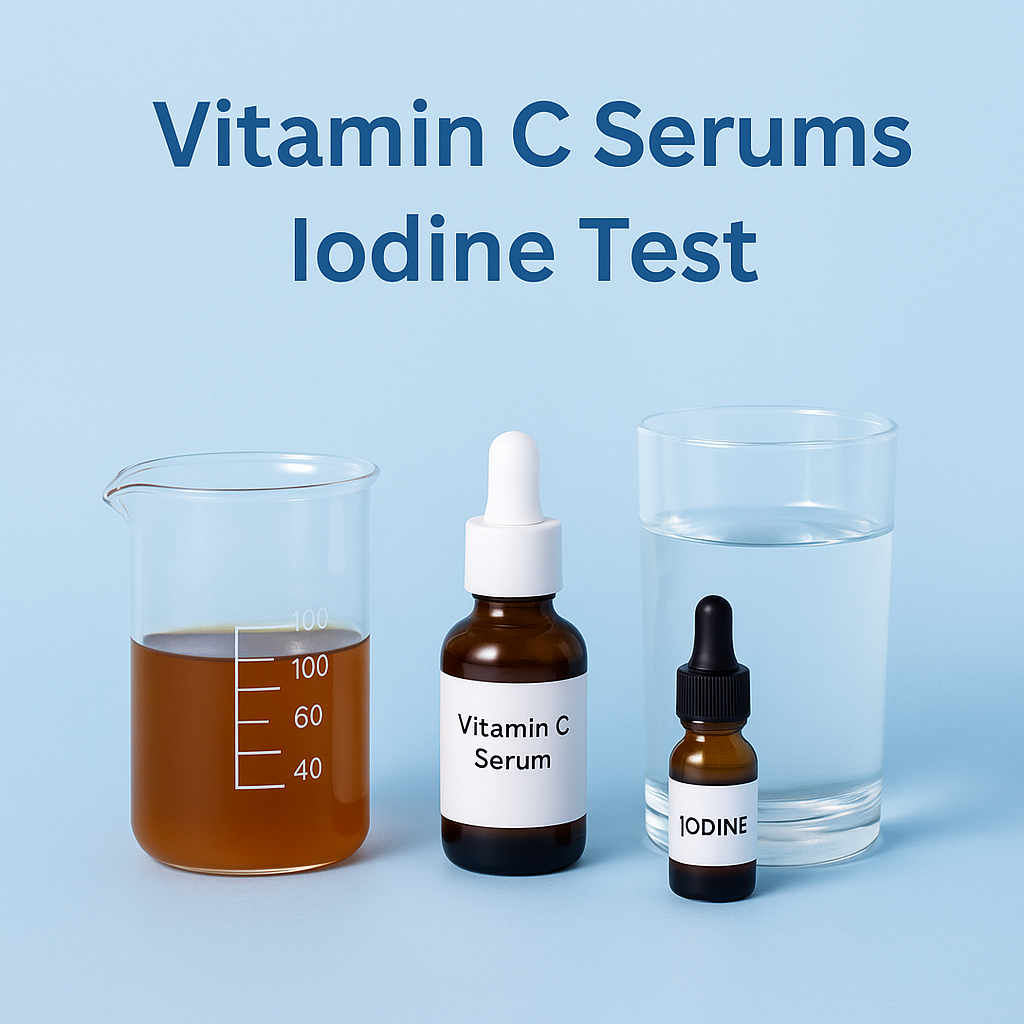
How to Know If Your Vitamin C Serum Is Real or Fake
If you have ever wondered whether your Vitamin C serum actually does anything — or whether it even contains real Vitamin C — you are not alone.
In Pakistan, many skincare users are frustrated by products that promise glowing skin but deliver no results.
Some are expired, some are counterfeit, and some simply do not contain enough active ingredients to make a real difference.
One clever way people have started testing their Vitamin C serums is with a simple iodine test. But does it actually work? And what does it really prove?
Let us break it down.
Why Some Serums Do Not Work (Even If They Say “Vitamin C”)
Not all Vitamin C serums are the same.
Some contain pure ascorbic acid — the most effective and fast-acting form of Vitamin C. Others use Vitamin C derivatives such as ascorbyl glucoside or sodium ascorbyl phosphate. These are more stable and gentler but often less potent.
In Pakistan, it is also common to come across products that claim to be Vitamin C serums but contain either very little active ingredient or none at all. That is where the iodine test becomes useful.
What Is the Iodine Test?
The iodine test is a simple at-home experiment based on a basic chemical reaction.
When iodine is mixed with water, it turns brown. Ascorbic acid, being a strong antioxidant, can react with iodine and neutralize it — causing the brown color to fade or disappear.
So, if your serum contains real ascorbic acid, the iodine solution should become noticeably lighter or clear. It is not a professional lab test, but it can offer helpful clues.
How to Do the Test at Home: Step-by-Step
Here is how you can try the iodine test yourself at home.
What You Will Need:
- A clean glass or bowl with water
- Tincture iodine (not Pyodine or povidone-iodine, which do not work for this test)
- Your Vitamin C serum
- A spoon or something to stir with
Steps:
- Add a few drops of tincture iodine (pure iodine) into the water. The solution will turn brown.
- Add two to three drops of your Vitamin C serum into the solution.
- Stir the mixture and observe what happens.
What to Expect:
- If the color of the water fades or becomes clear, your serum likely contains ascorbic acid.
- If there is no change in color, your serum either contains Vitamin C derivatives, is oil-based and not water soluble, or may not contain any real Vitamin C at all.
Which Serums Will Pass the Test?
This test only works with L-ascorbic acid, the pure and active form of Vitamin C. It does not react to derivatives.
Here are examples based on commonly used products:
- La Roche-Posay Pure Vitamin C10 Serum: Yes, this serum contains 10 percent pure ascorbic acid and should clearly react.
- The Ordinary Ascorbic Acid 8% + Alpha Arbutin 2%: Yes, this contains ascorbic acid, but since it has an oil-like base, it might react more slowly or less visibly.
- The Ordinary Ascorbyl Glucoside 12%: No, this contains a Vitamin C derivative and may not cause any change in the solution.
- Generic Pakistani “Vitamin C Whitening” serums with unclear labels: Results vary. Many are fake or extremely diluted and will not cause any reaction.
Important: This Test Only Works for Pure Ascorbic Acid
It is important to understand that this test is not universal. It will not detect:
- Sodium ascorbyl phosphate
- Magnesium ascorbyl phosphate
- Ascorbyl glucoside
- Or any other Vitamin C derivative
Also, the test will not tell you how much Vitamin C is in the product, whether it is stable, or whether it has been stored properly. It only confirms the presence of pure ascorbic acid, and even then, only if the formula mixes well in water.
What If Your Serum Does Not React?
If your serum does not cause any visible change in the iodine solution, it might mean:
- The product contains a gentler Vitamin C derivative, which still works but does not react the same way in water.
- The formula is oil-based and did not mix well into the water, so the reaction could not occur properly.
- The serum is fake, expired, or poorly formulated.
In Pakistan, where counterfeit skincare products are unfortunately common, this test can be a helpful early warning — but it is not a complete authentication method.
Is This a Reliable Way to Catch Fakes in Pakistan?
It is a useful starting point — especially if you suspect a product might be fake or expired.
Many low-cost serums sold on social media or lesser-known websites in Pakistan claim to be “ 10 or 20% Vitamin C,” but are missing basic indicators of authenticity, such as:
- A proper barcode
- A clear ingredients list
- A verified brand presence
- Proper packaging and expiry information
If your serum lacks these, and also fails the iodine test, it is probably not worth using on your face.
Our Test Results: What We Found
We tested a few well-known products using tincture iodine:
- La Roche-Posay C10 Serum: Turned the solution almost completely clear within seconds.
- The Ordinary Ascorbic Acid 8% + Alpha Arbutin: Caused the solution to fade noticeably, though more slowly.
Final Thoughts: A Helpful Trick, but Not the Full Picture
The iodine test is a fun, low-cost way to check whether your serum contains real ascorbic acid. It can help you catch obvious fakes or low-quality products, especially in countries like Pakistan where the skincare market is filled with unverified brands and sellers.
However, this test is not the final word. A good skincare routine is built on more than just one ingredient — and good products are backed by science, not just color-changing tricks.
If you are serious about taking care of your skin, use this test as one helpful tool — and always buy from trusted brands with transparent labels and proper batch tracking.

Education: University of Peshawar
Abrar Ahmad holds a Master’s degree in Chemistry and has been writing about skincare for over five years. With a deep understanding of ingredients and their impact on the skin, he enjoys sharing practical, science-based skincare advice. When not writing, he loves playing with his kids.
